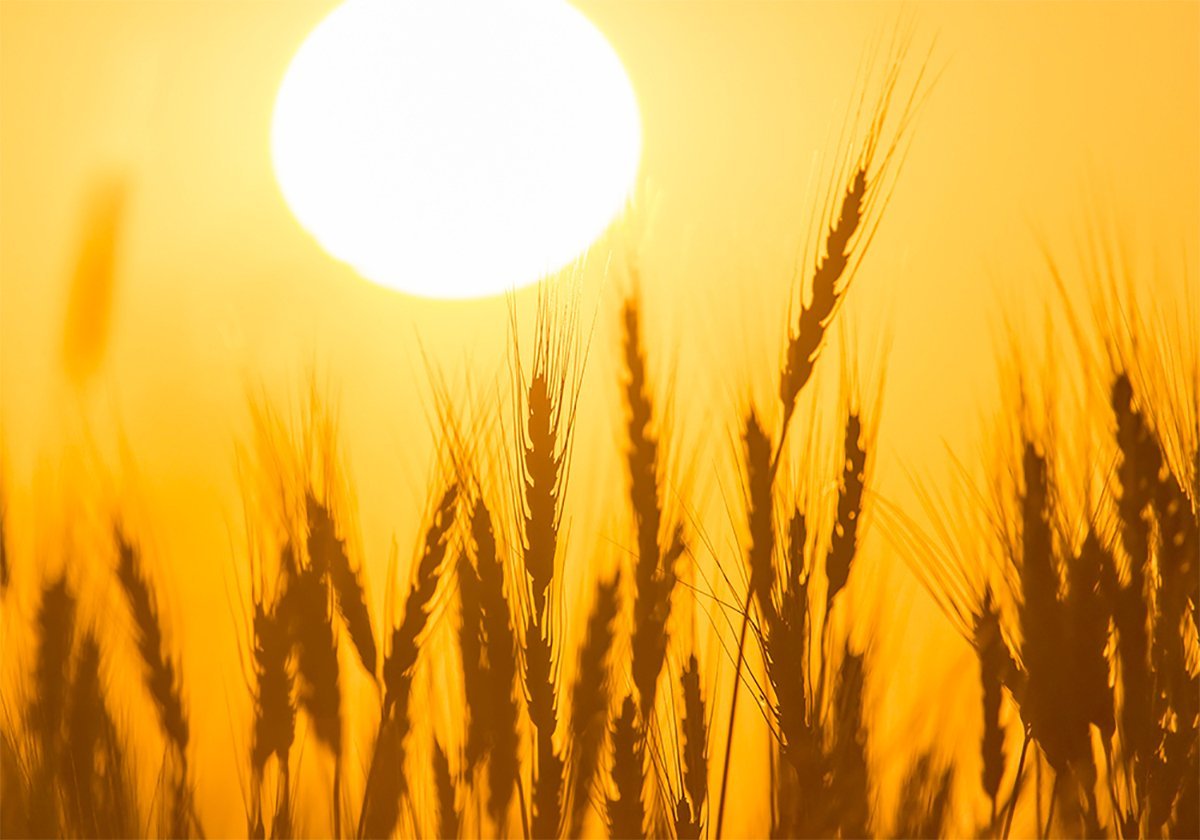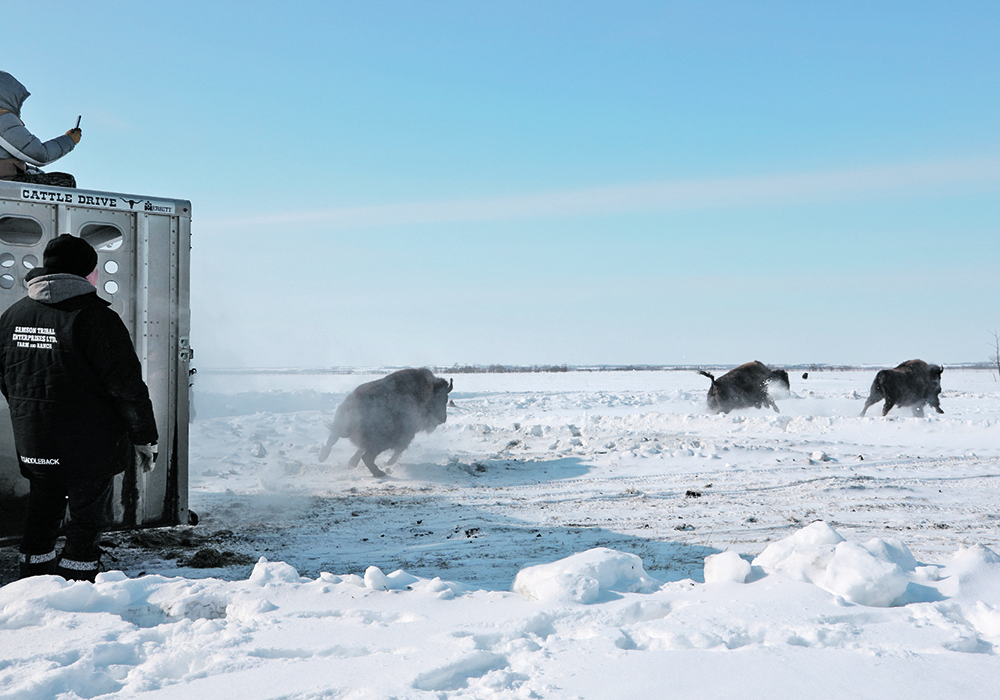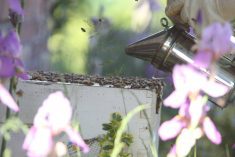Twenty Plains bison join the First Nation’s existing 24-head herd, recognizing the species’ importance to Indigenous people and culture
BITTERN LAKE, Alta. — After a pipe ceremony and to the beat of drums, 20 Plains bison were unloaded from a trailer to their new home on Samson Cree Nation.
“Thank you for bringing our buffalo home. Let’s get them out of there. They’re home,” said chief Vern Saddleback Jr., just before 20 bison from Elk Island National Park bolted from the trailer into the snow-covered field.
The 20 bison were added to the existing 24-head herd on the 1,280-acre piece of Samson land north of Bittern Lake.
Read Also

Heat waves combine sunshine and sinking air
As we continue our look at heat waves, I figured we should first define what they are by looking at the criteria Environment Canada uses to define heat events.
“This is a big deal for our people,” said Saddleback. “This is so cool to watch.”
Adding bison to the First Nation’s land is part of a 2014 agreement between First Nations in Canada and the United States, called the Northern Tribes Buffalo Treaty. The treaty acknowledges the importance of the bison and Indigenous people to each other and is designed to honour and revitalize the relationship between the two.
“Part of it is just a connection to the past to the present to the future. It is a reality that the buffalo were an important part of our history and kept our people alive. Today, this is a symbol of our resilience. It is important to us culturally, spiritually and emotionally.”
Samson Creek Nation historian Bruce Cutknife said the buffalo have been an important part of their nation’s history, providing food, clothing, shelter and an emotional connection to the land.
“We have been kept on separate lands. This is an opportunity to reunite and reconnect to the buffalo and the buffalo spirit,” said Cutknife.
Elder Ida Bull said the repatriation of the buffalo from Elk Island to their land is a “time for celebration.”
Dale Kirkland, superintendent of Elk Island National Park, said they began working with Samson Cree Nation about a year ago as part of the park’s relocation program. In the past six years, 300 bison have been moved to 13 Indigenous communities across Western Canada.
“Translocation to Indigenous communities is really important to Elk Island National Park,” said Kirkland.
“We recognize the importance of supporting reconnection to bison to traditional homelands.”
As part of the park’s herd management program, each year the park moves its surplus animals, either from the Woods bison herd on the south side of the highway or the Plains bison herd at the main part of the national park. The animals are split off from the main herd in January and February and moved to their new home in February and March.
This year, the bison were sent to three other Indigenous communities, Waterton Lakes National Park, CFB Wainwright, Nature Conservancy of Canada land, Old Man on his Back Heritage area in Saskatchewan and the University of Saskatchewan.
“This is a wonderful opportunity to support bison returning home.”















